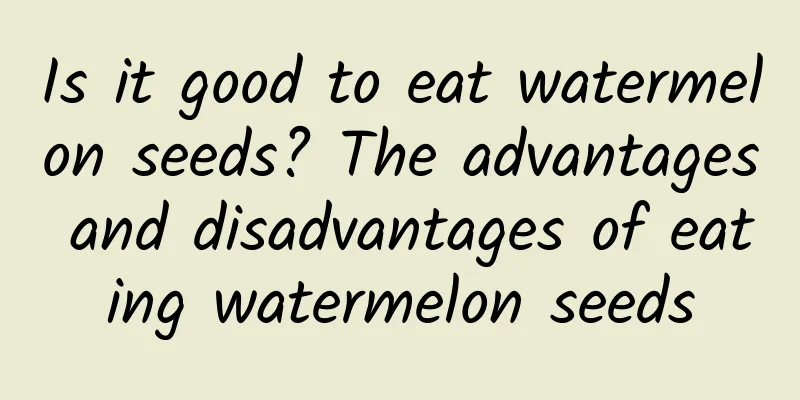Types of sword beans

|
Have you ever eaten sword beans? It is a delicious vegetable. There are many kinds of sword beans. Today I will introduce them to you in detail: Climbing beans[C.gladiata (Jarq.) DC.]: Also known as sword bean, scabbard bean, etc. Chromosome number 2n=2x=22, 24. Native to tropical areas, Asia and Africa. Twining herbaceous vine. Stem light green, with white short soft hairs, which gradually fall off. Leaves are alternate, trifoliate, petiole 10-15 cm long, swollen at the base; leaflets are usually broadly ovate or rhombus, 8-15 cm long, acuminate at the apex, broadly cuneate at the base, lateral leaflets oblique, rounded at the base; petiolules about 7 mm long, hairy; stipules lanceolate. The racemes are axillary, with long peduncles; the flowers are sparsely arranged, usually with a lanceolate bract at the base of two flowers; the calyx has two lips, ovate, both hairless; the corolla is butterfly-shaped, light red, 3-3.5 cm long, the standard petal is broad and round, concave at the top, with inconspicuous ears and broad claws at the base, the wing petals and keel petals are curved, with downward ears; there are 10 stamens, fused into a single body; the ovary is linear and hairy. The pods are large, long and flat, slightly curved, up to 30 cm long, with raised ridges on the edges. The seeds are kidney-shaped, red or brown, and the hilum is about 3/4 of the total length of the seed. Dwarf Bean[C.ensiformis(L.)DC.]: Also known as Jack Bean. Chromosome number 2n=2x=22. Native to West India, Central America and the Caribbean. Cultivated in China 1500 years ago. Kidney-shaped seeds, white. Sea Bean[Canavalia maritima (Aubl.) Thou.]: Climbing vine; stems are hairless, up to 30m long. Trifoliate leaves, leaflets are obovate or broadly elliptic, the base of the terminal leaflet is cuneate, the base of the lateral leaflets is oblique, and the venation is obvious. The raceme is up to 20cm long or longer; 1-3 flowers grow at the top of the inflorescence, and the corolla is pink. The pods are about 10cm long and 2.5cm wide, with three longitudinal ribs on the dorsal suture; the seeds are elliptical, slightly flat, brown, and have a linear hilum. The flowering period is summer and autumn, and the fruiting period is autumn and winter. The pods and seeds are poisonous. People who are poisoned will feel dizzy and vomit, and in severe cases, they will fall into a coma. The pods and seeds can be eaten after being boiled and rinsed with clean water, but poisoning often occurs due to improper processing [A-8]. Canavalia acuminata[Canavalia gladiolata Sauer]: Native to Yunnan, Guangxi and Jiangxi in my country, and also distributed from India to Thailand. Psoralea corylifolia [Caragana leveillei Kom.]: deciduous shrub. Jack Bean[Canavalia lineata (Thunb.) DC.]: Native to Zhejiang, Fujian, Taiwan, Guangdong, Guangxi in my country, and also distributed in Japan, Korea, the Philippines, Vietnam and Indonesia. Jack Bean[Canavalia cathartica Thou.]: Native to Guangdong, Hainan and Taiwan in my country, it is widely distributed in tropical Asia and also in parts of Oceania and Africa. |
<<: Main ingredients and production process of preserved plum and kidney beans
>>: Edible value and nutritional analysis of sword beans
Recommend
Nutritional value of forest vegetables
People love nature. The food in nature is the mos...
Cinnamon twig porridge
How much do you know about cinnamon cassia twig p...
What are the vegetables that lower blood sugar?
Today we are sharing some vegetables that can hel...
What foods are good for pregnant women? What foods are not suitable for pregnant women?
Pregnant women need to be very careful about thei...
How to make lemon guyuan paste Demonstration of how to make lemon guyuan paste delicious
Speaking of lemon paste, people always think of t...
Can pomegranate seeds be eaten? What are the effects and functions of pomegranate seeds?
Everyone is familiar with pomegranate seeds, whic...
The efficacy and function of goldfish spider plant The medicinal efficacy of goldfish spider plant
The goldfish spider plant is a favorite green fol...
The efficacy, effects and eating methods of sunflower seeds
Sunflower seeds are one of the most popular snack...
The benefits of eating corn
Corn has become a very common food for us. Corn, ...
The efficacy and function of Xiaoqinggan How to soak Xiaoqinggan
Xiaoqinggan is a kind of health tea obtained by p...
How to eat whole grain powder? The effects and hazards of whole grain powder
There are many types of whole grains. Corn, soybe...
How to make your own fermented dandelion tea How to make fermented dandelion tea
Dandelion is a very nutritious wild vegetable, es...
The effect of pork ribs porridge
How much do you know about the effects and functi...
The efficacy and function of Yingkou red mushrooms. The preparation steps of Yingkou red mushrooms.
Yingkou red mushroom has a unique flavor, fragran...
The efficacy and function of tea tree essential oil
Tea tree essential oil has many uses, such as ant...









